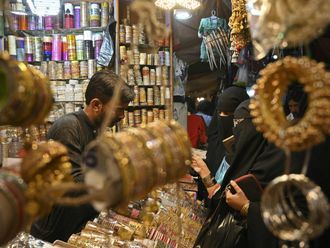Karachi: The power shortfall in the country surged to 2,500MW on Wednesday, compelling various power distribution companies to observe a 10-12 power cut in urban and rural areas.
According to daily data released by National Transmission and Dispatch Company Limited (NTDC), the total generation was recorded as 8,500MW against the demand of 11,000MW. Hydroelectric generation stood at 1,030MW, thermal at 1,760MW and Independent Power Producers (IPPs) at 5,710MW.
The Islamabad Electric Supply Company (IESCO) also resorted to 6-8 hours of load-shedding in Islamabad and Rawalpindi and its entire region under a power load-management plan.
Mismanagement, corruption and an over-reliance on expensive imported fuels have left the energy sector in dire straits, with hours-long blackouts a daily reality in the summer.
Prime Minister Nawaz Sharif, presiding over the cabinet meeting in Islamabad, said that due to poor planning and policies, the country was facing a load-shedding dilemma.
He further said that his government was working to produce electricity from all available sources in the country and expressed hope that the problem would be overcome soon.
Sharif recently launched the construction of the country’s biggest atomic power plant and vowed to pursue projects to make nuclear energy the largest source.
The 2,200-megawatt plant is to be built with Chinese technical assistance on the Arabian Sea coast at Paradise Beach, 40 kilometres west of Karachi.
Pakistan already has three operational nuclear plants generating a total of around 740MW of power and has begun work on a fourth, in addition to the one launched on Tuesday.
The government hopes nuclear energy will ultimately provide a relatively low-cost solution to the power cuts — known euphemistically as load-shedding — that blight life in Pakistan
Sharif has pledged to increase nuclear power generation capacity to 40,000MW in the long term as part of his energy plan.












